In the whirlwind of modern life, hands and fingers are unsung heroes. They often bear the brunt of our incessant typing, texting, and clicking. Yet, it’s astonishing how little attention we pay to their well-being. Until discomfort or pain makes its unwelcome entrance.
The truth is our fingers are susceptible to strain and injury. This is especially the case when subjected to repetitive motions or improper use. Cue sprained finger.
In this guide, we will share with you these best finger exercises. Each is designed to enhance flexibility, strength, and coordination. By dedicating a few minutes each day to these exercises, you can maintain finger health.
Common Finger Injuries
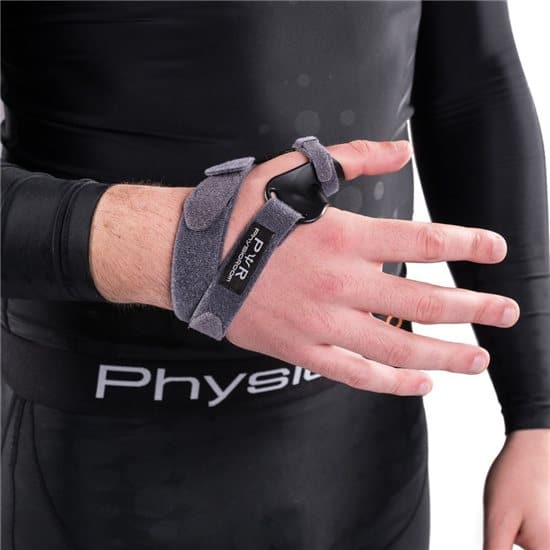
Fingers, though remarkably versatile, are not invincible. Strains, sprains, and overuse injuries are all too common among our trusty digits. In such cases, a thumb and hand support solution may be ideal.
Strains occur when muscles or tendons are stretched beyond their limits. Meanwhile, sprains involve the overextension or tearing of ligaments. But the often-overlooked overuse injuries can creep in quietly, stemming from repetitive motions.
Repetitive motions are those seemingly innocuous actions we perform without a second thought. In return, they can culminate in discomfort and pain. When fingers engage in the same actions many times, the muscles and tendons endure stress. This can eventually lead to strain or even sprains, such as a sprained thumb.
Another issue is incorrect hand positions that compromise the fingers’ natural alignment. The flexion and extension of hand digits are intricate movements. They are easily disrupted by awkward positioning. And these deviations can trigger pain and hinder performance.
Adding fuel to this fire is the lack of flexibility. Stiff fingers are less equipped to handle the strains of everyday activities. This leaves them vulnerable to injuries that would otherwise be preventable.
The Best Finger Exercises
1. Finger stretches
Gently nurture your finger flexibility with simple yet impactful stretching exercises. Begin by extending your arm and gently pulling back each finger, holding for a few seconds. Then, bend your fingers individually, aiming to touch the base of each finger to your palm.
The key is to feel a mild stretch, not discomfort. Hold each stretch for about 10-15 seconds, repeating them several times. Regular practice gradually expands the range of motion in your fingers. Plus, promoting suppleness that ensures they remain agile and adaptable.
2. Finger tapping
Finger-tapping exercises orchestrate a blend of coordination and finesse among your digits. Rest your fingertips on a flat surface and, one by one, tap them in sequential order. Gradually increase the speed, challenging your fingers to dance in rhythm.
This exercise heightens your finger-to-brain connection. It refines fine motor skills essential for precision tasks, to add. Whether typing, playing an instrument, or handling delicate objects, you name it!
3. Grip strengthening
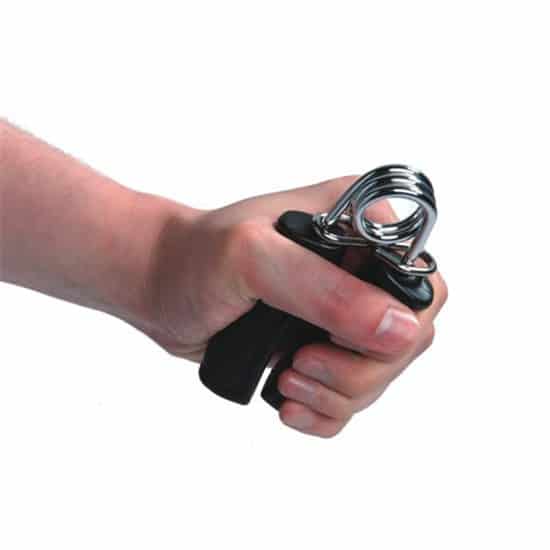
Grip-strengthening exercises fortify your fingers against the strains of everyday life. Squeeze a stress relief ball or grip a workout band between your fingers and palm. Maintain the squeeze for a few seconds before releasing. Repeat this exercise in sets, gradually increasing the intensity.
By cultivating strength with a hand grip tool, you build a formidable defence against injuries. What’s more, this ensures your fingers stand tall against the challenges that come your way.
4. Finger resistance training
Harness the simplicity of everyday objects to engage in finger resistance training. Loop a rubber band around your fingers and expand them against the resistance. This exercise strengthens the muscles and instils balance in the network of tendons.
Proper Techniques and Precautions
To reap the full benefits of finger exercises and prevent strain, uphold proper form. Ensure your fingers are aligned, and your movements are controlled throughout each exercise. Avoid excessive force, which could lead to undue stress.
Begin your finger exercise journey at a comfortable pace. Allow your digits to acclimate to the motions. Over time, gradually intensify the exercises to challenge your dexterity and strength.
For those with pre-existing hand conditions, seek guidance from a medical professional. Do so before embarking on any exercise regimen. Their expert insight will ensure exercises are tailored to your specific needs.
Benefits of Finger Exercises
Regular finger exercises aren’t just mundane routines. They’re dynamic solutions to fortify your hand’s core components:
- strength
- flexibility
- dexterity
As you engage in movements, the targeted muscles and tendons receive a challenge. But this enables you to handle tasks with precision and confidence in return. Moreover, these exercises extend their benevolent touch to overall hand health. They effectively reduce the risk of injuries by:
- promoting blood circulation
- enhancing joint mobility
As fingers become more supple and responsive, they navigate tasks with ease. Overall, performing them can help ensure your fingers remain primed against the odds. Say goodbye to having to wear a sprained thumb brace!
Round-up
Our fingers play a starring role, demanding our attention and care. Through the practice of these exercises, you can defy the odds of strain and injury. Dedicate more time to stretching, tapping, and strengthening to preserve finger health.
For sprains, strains, or injuries, opt for at-home ice therapy. If symptoms persist, consult your healthcare provider. Depending on the severity, a sports brace like a thumb cast may be recommended.
What you should read next: How to Exercise with Resistance Bands



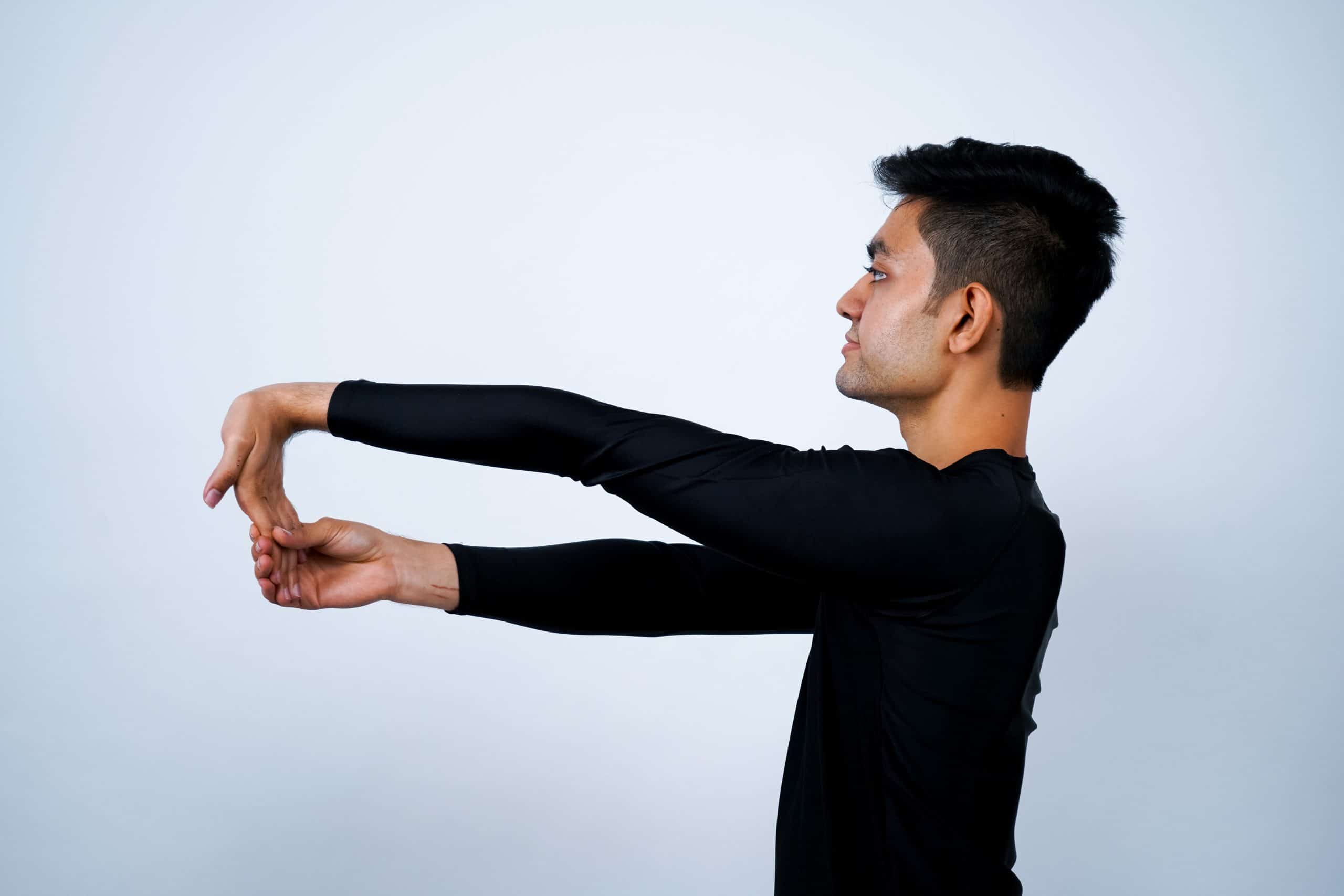 (
(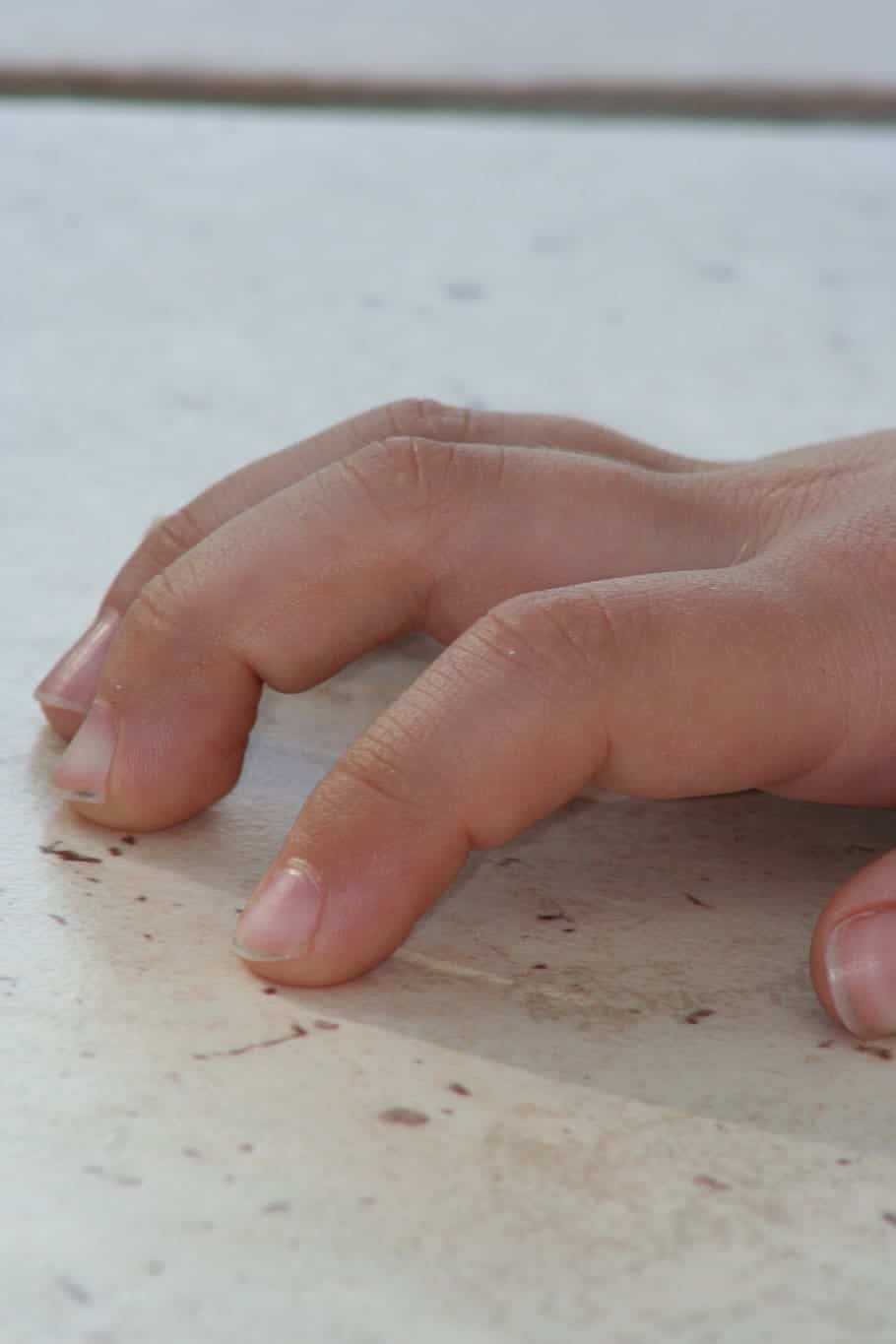 (
(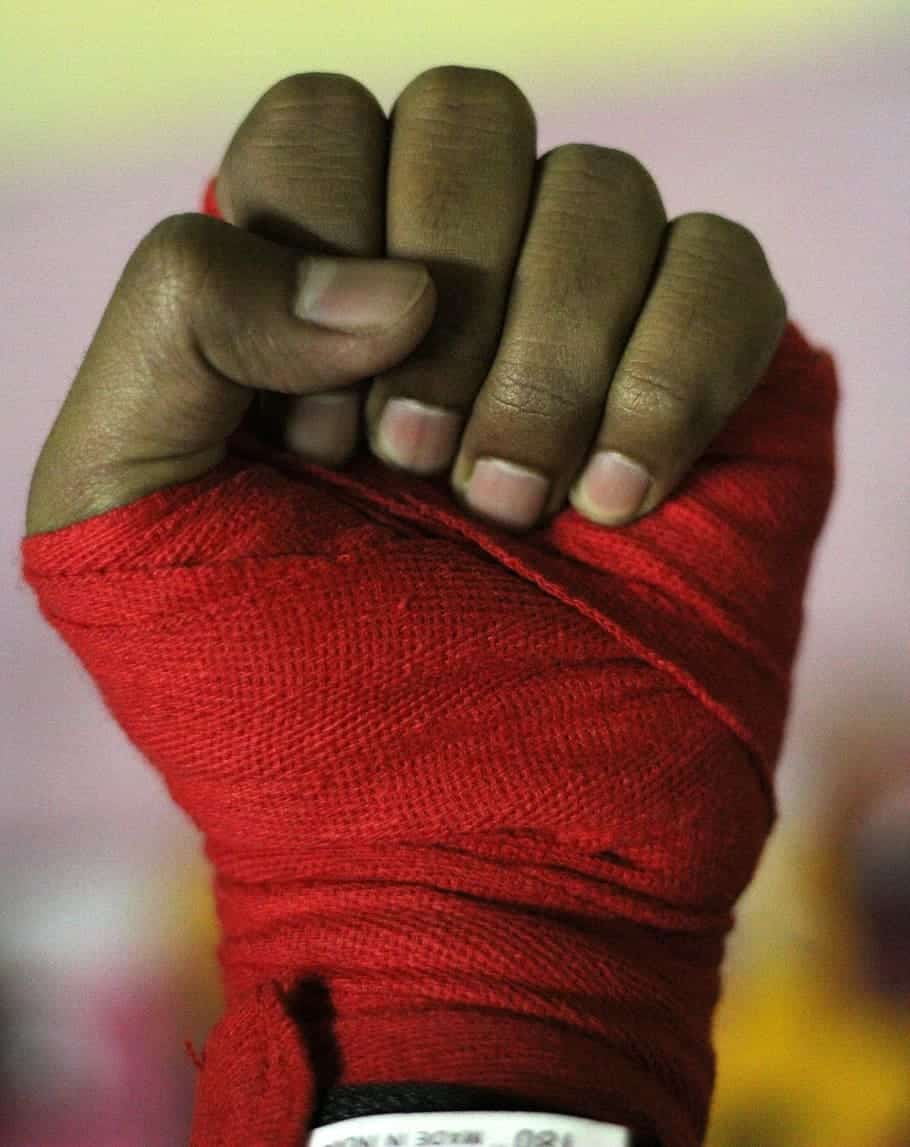 (
(